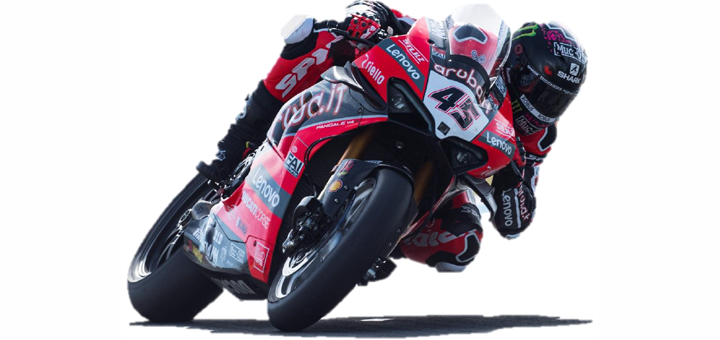Abstract
Oil jets are widely used in high performance and racing engines in order to prevent the piston from overheating and protecting the engine from serious damage. The oil flowing across the underside of the piston helps cooling off the component, so the heat is transferred to the oil.
Typically, the oil is sprayed from a nozzle installed at the bottom of the cylinder. Depending on the number, diameter and location of the nozzle’s holes the resulting heat transfer performance will be different.
The main goal of this work was to find an alternative nozzle layout having a lower oil flow rate but with the same heat transfer performance. Three geometries, different from the reference one for number of holes, diameters and trajectories, have been studied. Their performance was assessed based on the cycle average convective heat transfer coefficient values on the underside of the piston.
All simulations were performed using the commercial mesh-free CFD software Particle Works.
For more information please CONTACT OUR EXPERTS!
